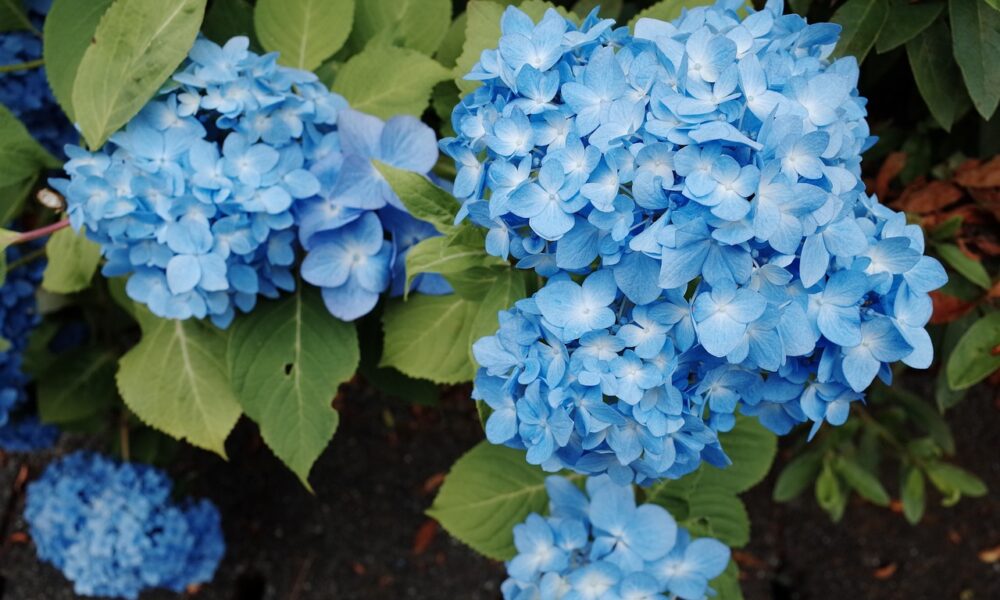Snowdrop flowers are known for their delicate beauty, but did you know that they also hold a secret language that has been used for centuries? Flower enthusiasts have decoded the hidden meanings behind each aspect of the flower’s anatomy, including the number of petals, color, and direction of its stem.
The snowdrop flower has six petals, three inner and three outer, surrounding a small green stem called the ‘ovary’. Each petal and the direction of the stem holds a different meaning. For example, the direction of the stem symbolizes ‘hope’, while the shape of the petals symbolizes ‘purity’. The flower’s color also has different meanings, such as ‘innocence’ and ‘new beginnings’.
The language of snowdrop flowers is not limited to one culture but can be found throughout history. In ancient Persia, the flower was a symbol of hope and rejuvenation after winter. In Christianity, it represents purity and new beginnings. However, in parts of Europe, it was believed that a gift of snowdrop flowers was a sign of bad luck. In Japan, the flower was associated with carrying a sense of sadness, particularly when given as a gift.
Even in modern times, snowdrop flowers remain a popular garden plant and continue to fascinate flower enthusiasts worldwide. Their unique beauty and hidden meanings make them an intriguing symbol of hope and new beginnings.
The Origin and History of Snowdrop Flowers
The snowdrop flower has a rich and fascinating history dating back to ancient Greece where it was dedicated to the goddess Persephone. The flower was also mentioned in ancient Persian poetry where it represented hope and rejuvenation after winter.
In the early 16th century, the snowdrop flower was introduced to the UK where it quickly became a popular garden plant. Its delicate beauty and hidden meanings continue to fascinate flower enthusiasts worldwide.
Throughout its history, the snowdrop flower has been associated with various meanings and symbolisms in different cultures. In ancient Persia, it symbolized the renewal of nature and the coming of spring. In Christianity, it represents purity and new beginnings. In Japan, it is associated with carrying a sense of sadness, particularly when given as a gift.
Despite its ancient origins, the snowdrop flower remains a beloved garden plant and symbol of hope for many people even today. Its history and symbolism make it a true treasure to behold.
The Anatomy of Snowdrop Flowers and Their Secret Meanings
The anatomy of snowdrop flowers is quite fascinating, as each aspect of it carries a special meaning. Snowdrop flowers consist of six petals, three of which are inner and three are outer, surrounding a small green stem called the ‘ovary’. The direction of the flower’s stem and the shape of its petals are said to hold important meanings, such as ‘consolation’, ‘purity’, ‘hope’, ‘renewal’, and ‘friendship’. The flower’s color also has different meanings, such as ‘innocence’, ‘peacefulness’, and ‘new beginnings’.
In addition to its six petals, the snowdrop flower is also known for its distinctive green markings on its inner petals, which resemble a small heart or an upside-down ‘V’. These markings are said to represent love and hope respectively. The delicate and intricate details of the snowdrop flower’s anatomy are truly remarkable, and its hidden meanings only add to its allure and charm.
Furthermore, the symbolism behind snowdrop flowers has been used for centuries to communicate messages and emotions, making it a popular choice for gifts and decorations. Whether given as a symbol of hope or purity, the snowdrop flower remains an elegant and timeless choice for any occasion.
The Language of Snowdrop Flowers in Different Cultures
Snowdrop flowers have a rich history of symbolism and meaning in different cultures. In ancient Persia, they represented the arrival of spring and the renewal of nature. This symbolism continues to this day, as snowdrop flowers are some of the first to bloom after winter. In Christianity, snowdrop flowers are associated with purity and new beginnings, making them a popular choice for religious ceremonies and events.
Interestingly, in parts of Europe, it was believed that a gift of snowdrop flowers was a sign of bad luck. It is unclear where this superstition originated, but it is still believed by some to this day. In Japan, snowdrop flowers are associated with sadness, particularly when given as a gift. This is likely due to the flower’s delicate beauty and short lifespan, which can evoke feelings of melancholy.
Despite these differing interpretations, snowdrop flowers continue to captivate people worldwide with their beauty and hidden meanings. Whether as a symbol of hope and renewal or as a way to communicate condolences or sympathy, snowdrop flowers hold a special place in many cultures and hearts.
The Beauty and Significance of Snowdrop Flowers in Modern Times
In modern times, snowdrop flowers have managed to maintain their popularity as a symbol of hope and new beginnings. This is partly due to their delicate beauty and the hidden meanings they hold. A gift of snowdrop flowers can signify a fresh start in life or a new beginning in a relationship.
Furthermore, snowdrop flowers are commonly used in floral arrangements for weddings, bringing purity and innocence to the occasion. They are also often included in winter holiday decorations, representing the hope of spring’s arrival.
The snowdrop flower’s significance has not gone unnoticed by artists and writers either. The flower has been portrayed in paintings and literature as a symbol of purity, hope, and new beginnings across various cultures and has become a beloved flower of many.
In essence, snowdrop flowers continue to be a source of inspiration and hope for many people, reminding us of the beauty and resilience of life and the importance of embracing new beginnings.

Leave a Reply